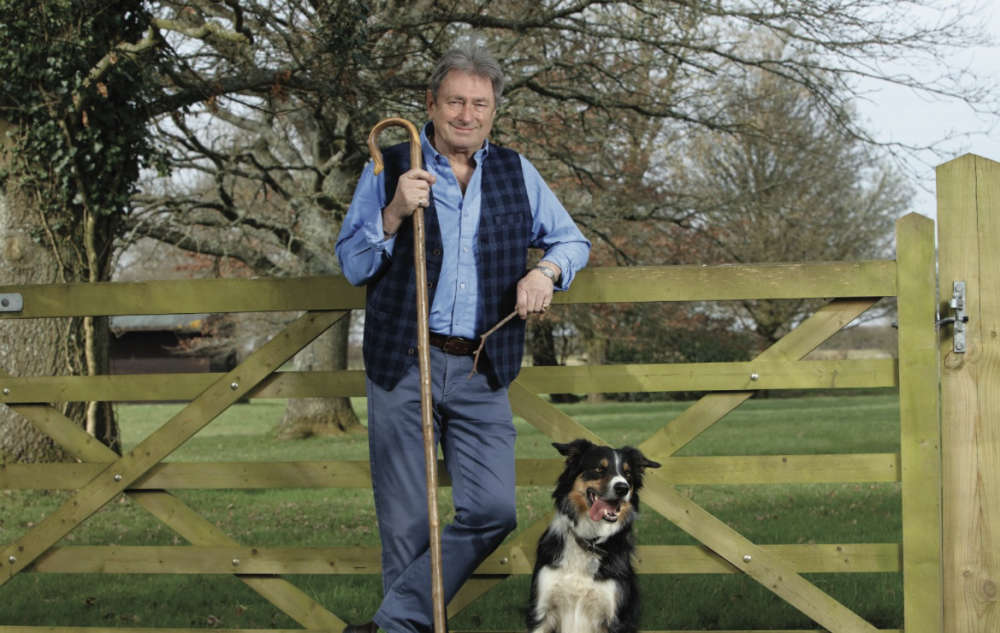
This month, Alan Titchmarsh discusses an array of wildlife we may not expect to see in our gardens over the summer months.
Think of our gardens in summer and you can probably come up with the same old things that make those outside spaces such pleasurable places to spend time in. There are flowers such as roses, lavender, foxgloves, delphiniums; there’s all that lush green grass that offers visual magnificence with an aroma that is as unique as it is unmistakable. Beyond that, there’s the beauty of climbing plants such as ivy, clematis and honeysuckle.
And of course, the odd bat. Hang on, did I just say that?!
Well I did, and it’s true.Bats in the summer in our gardens are common, albeit not the first thing you would immediately think of.
And while you’re there, have a look for grass snakes, stag beetles, slow worms, glowworms, foxes, and even rare amphibians such as the great crested newt. And what about the humble hedgehog, or the sparky sparrowhawk? Few of these animals we would confidently associate with summer gardens, but they are there, they are present, and if we seek them out, they can truly enrich our admiration for this wonderful habitat and where life – beyond flowers and plants – is shown to flourish.
So while the summer months typically enable us to sit back, relax and enjoy the immediate visual beauty of our gardens, the truth is there is so much more going on behind the scenes. You’ll see all this if you delve a bit deeper into your outside space, and can attract the wonderful visitors – all the while supporting local biodiversity – by ensuring you are planting native species, by providing water sources, as well as creating habitats like log piles or compost heaps.
The fact is, while we look on our gardens primarily as places that stimulate our senses so spectacularly, it’s worth remembering they are habitats for all manner of wonderful little creatures and critters, and we are all, at times, guilty of forgetting their existence.
My recommendation this year is to give a bit more back to animal life – even if that means keeping the grass a bit longer than you usually would – because you’ll be surprised at just how much more your garden evolves.

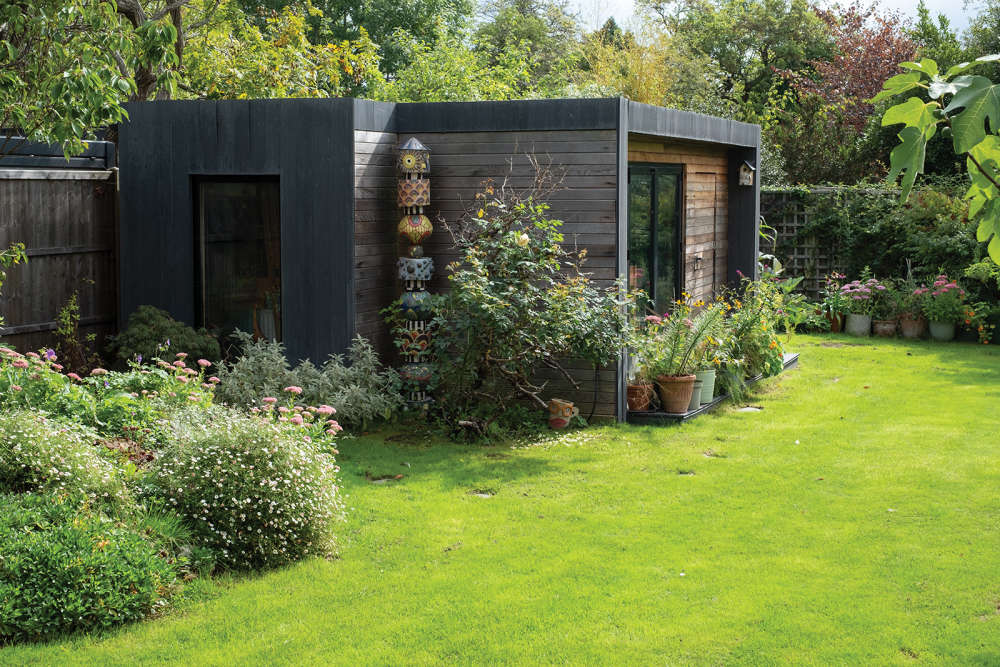 Homes Extra: Shed Space
Homes Extra: Shed Space
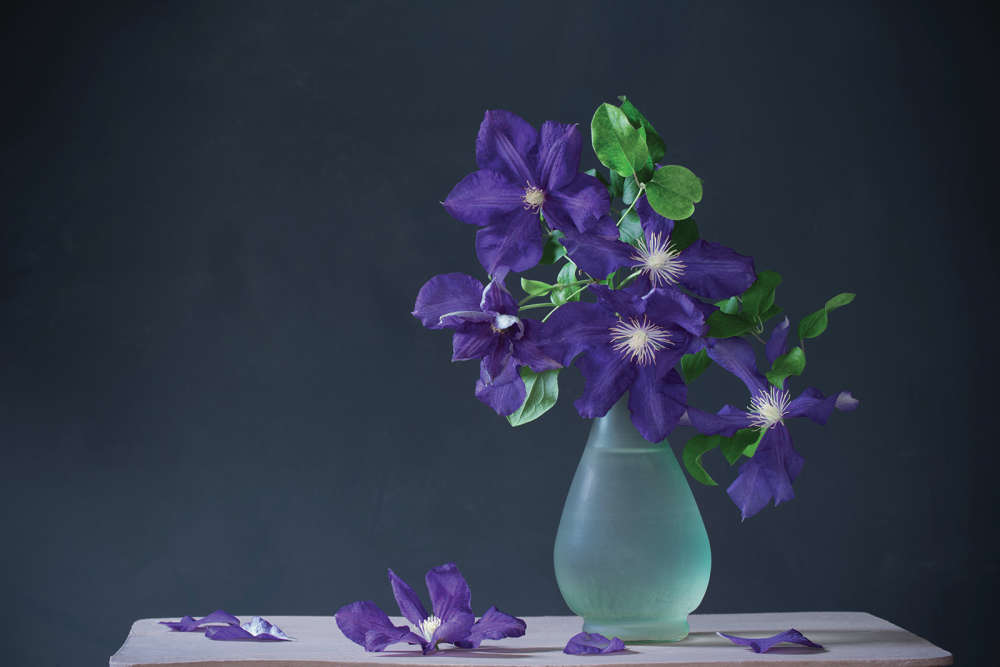 Gardening: Choose a Clematis for Every Month of the Year
Gardening: Choose a Clematis for Every Month of the Year
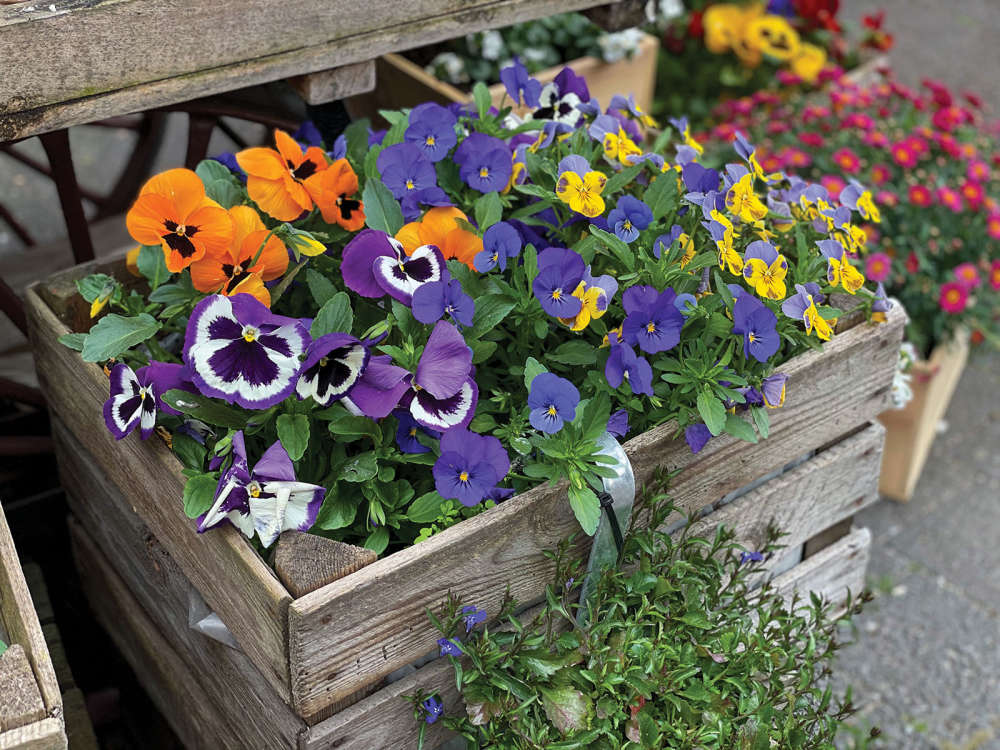 Blooming Times: Top of the Pots
Blooming Times: Top of the Pots
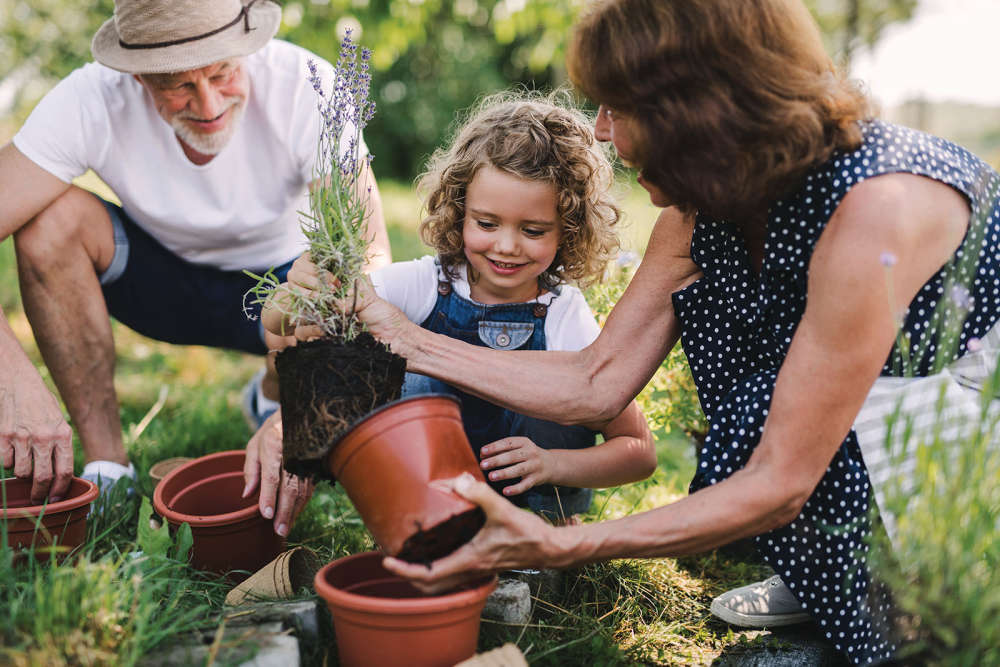 Kids Zone: Get the Kids Growing
Kids Zone: Get the Kids Growing
 Blooming Times: Wisteria Hysteria
Blooming Times: Wisteria Hysteria
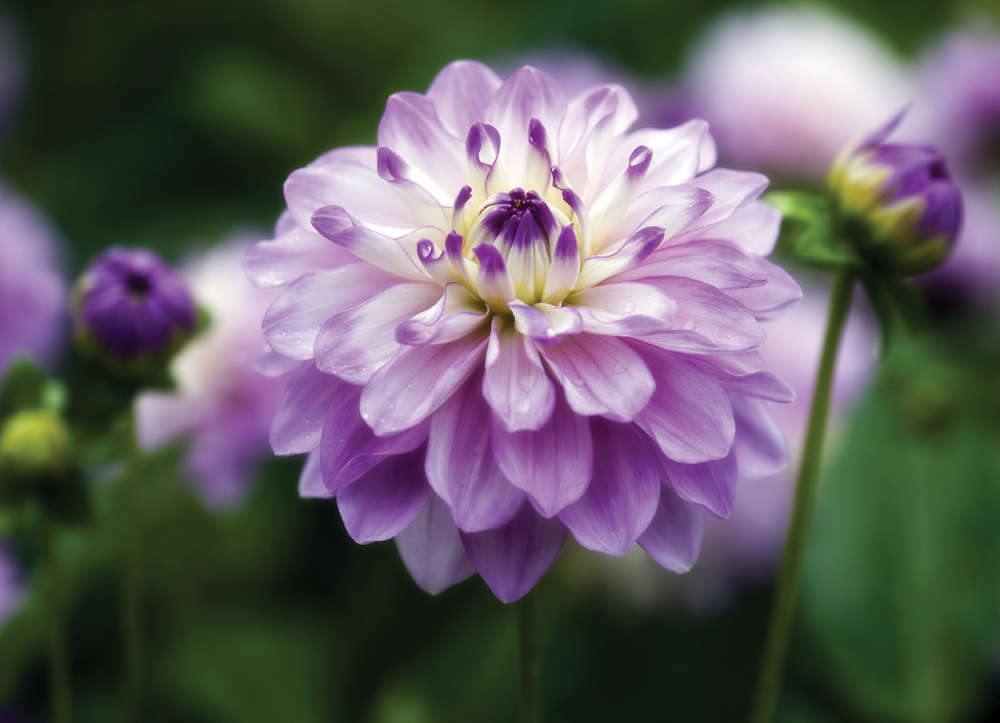 Blooming Times: Dahlia Mania
Blooming Times: Dahlia Mania
 How to Create 3D Walls in Your Home
How to Create 3D Walls in Your Home
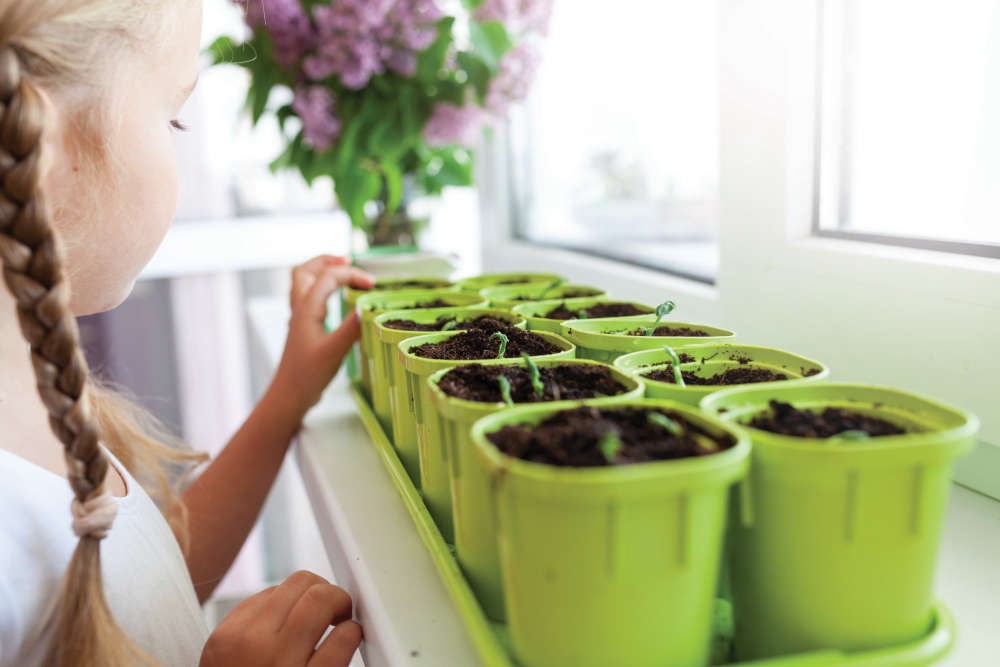 Blooming Times: Spring Fever
Blooming Times: Spring Fever
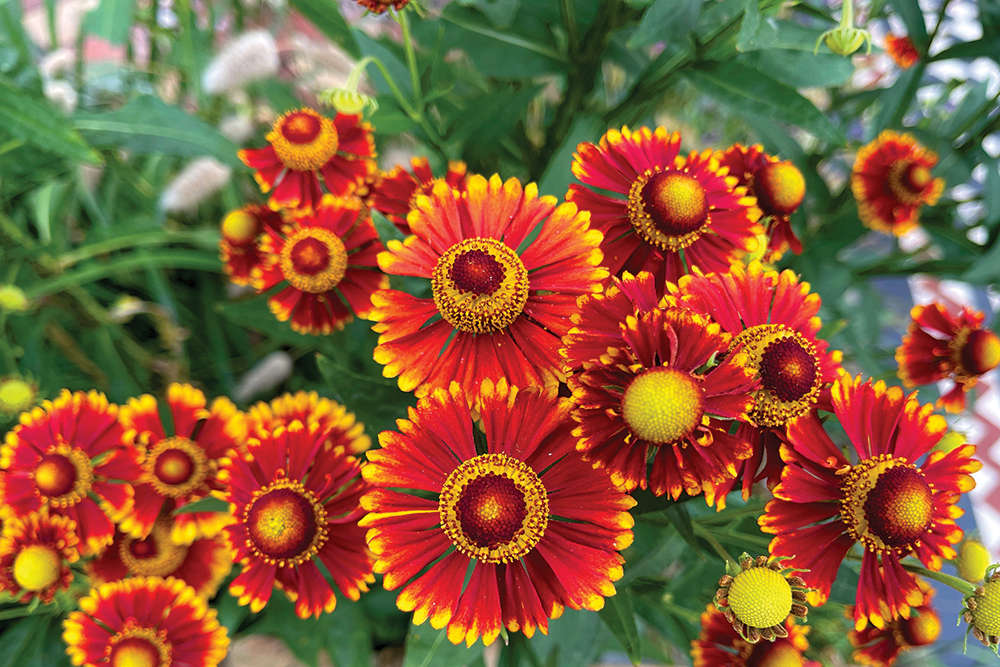 Blooming Times: What's in a Name?
Blooming Times: What's in a Name?
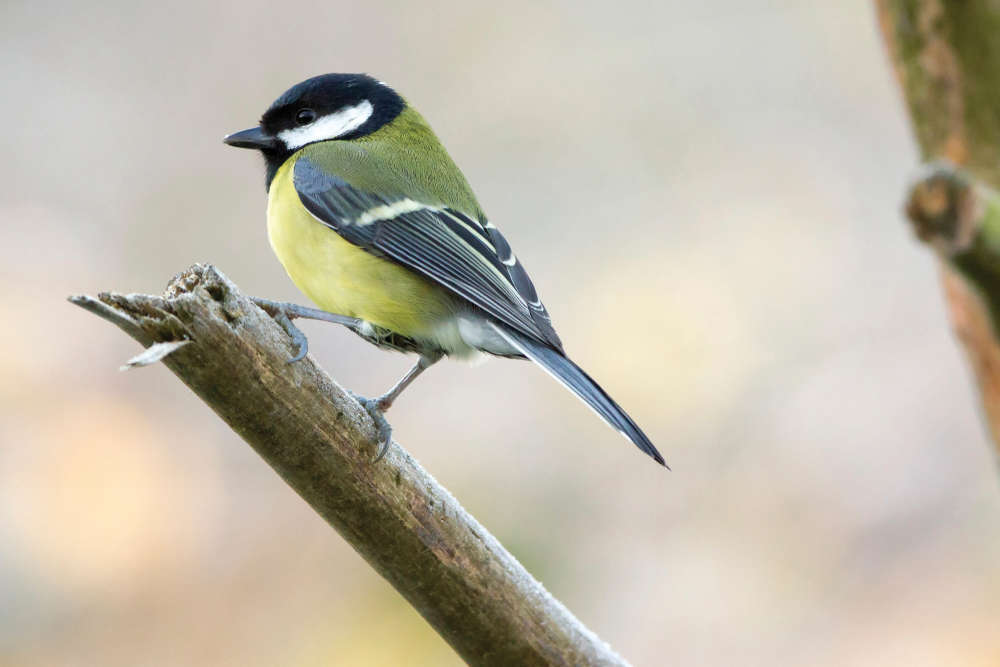 Top 10 Garden Birds to Spot on the Isle of Wight
Top 10 Garden Birds to Spot on the Isle of Wight
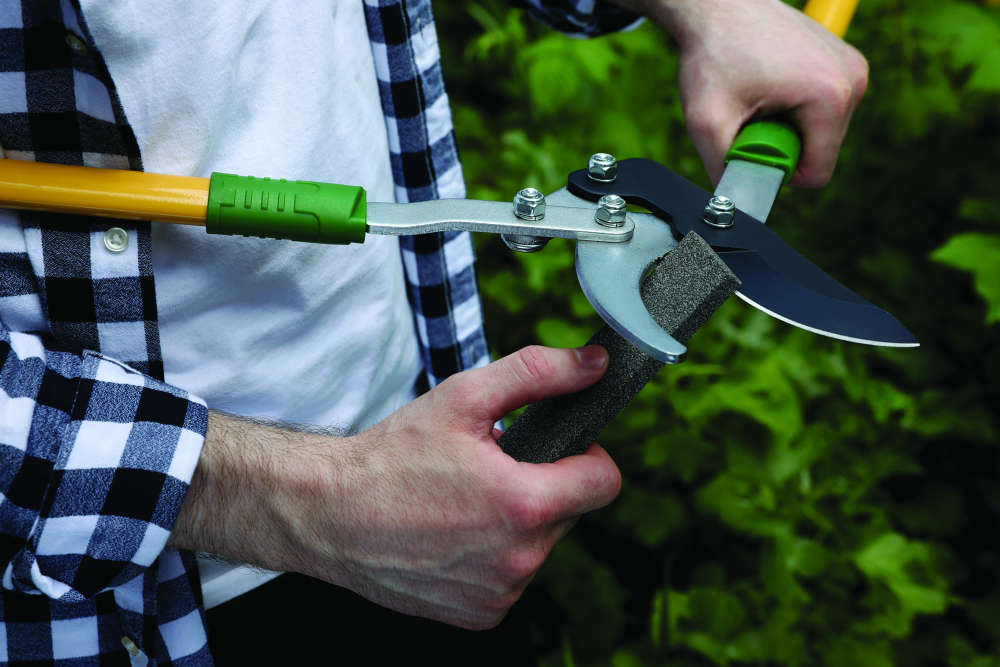 The Best Christmas Gifts for Gardeners
The Best Christmas Gifts for Gardeners
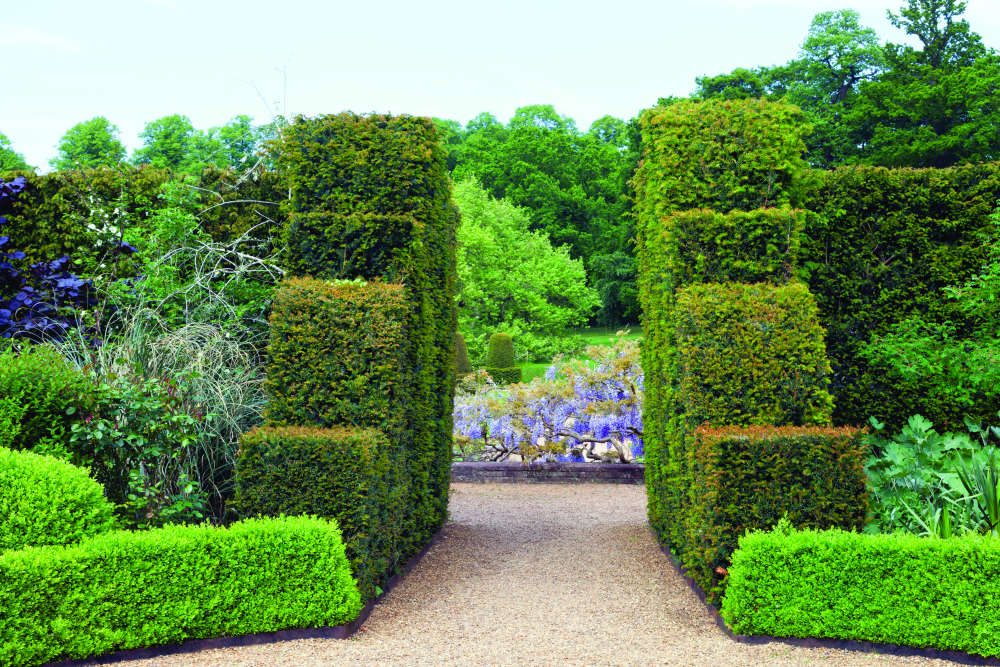 Gardening: The Benefits of Hedges
Gardening: The Benefits of Hedges
 How to Create a Happy Home Workspace
How to Create a Happy Home Workspace
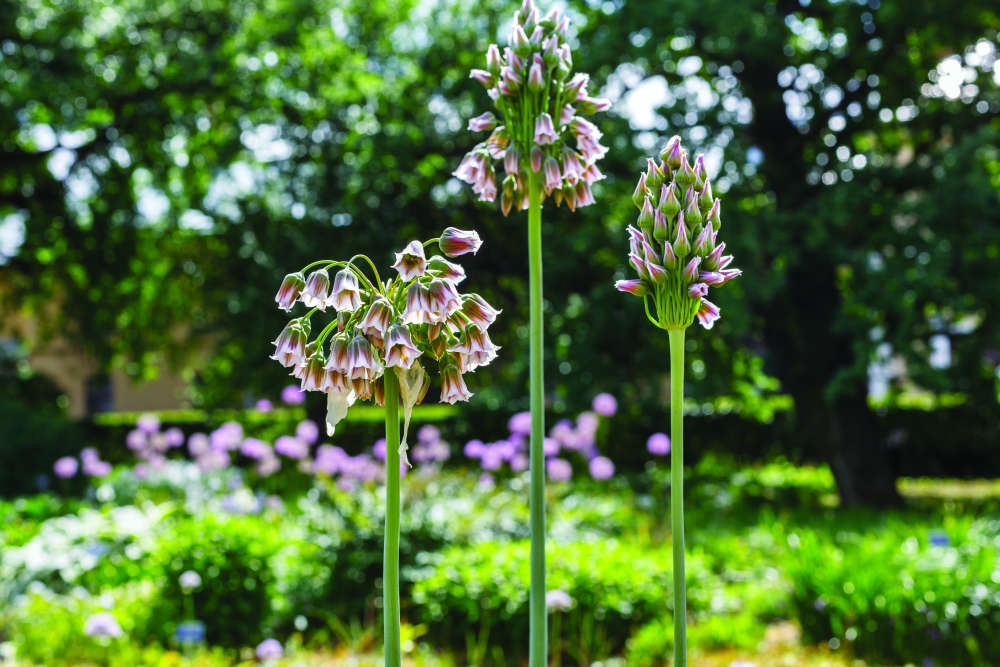 Now's the Time to Plant Alliums for a Spectacular Display Next Year
Now's the Time to Plant Alliums for a Spectacular Display Next Year
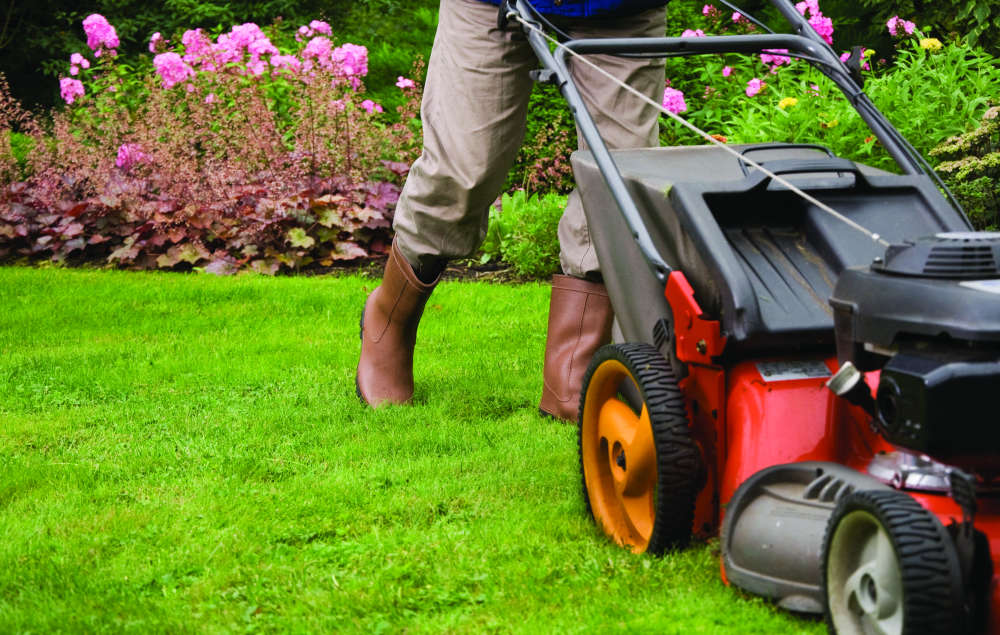 Gardening Facts or Fictions?!
Gardening Facts or Fictions?!
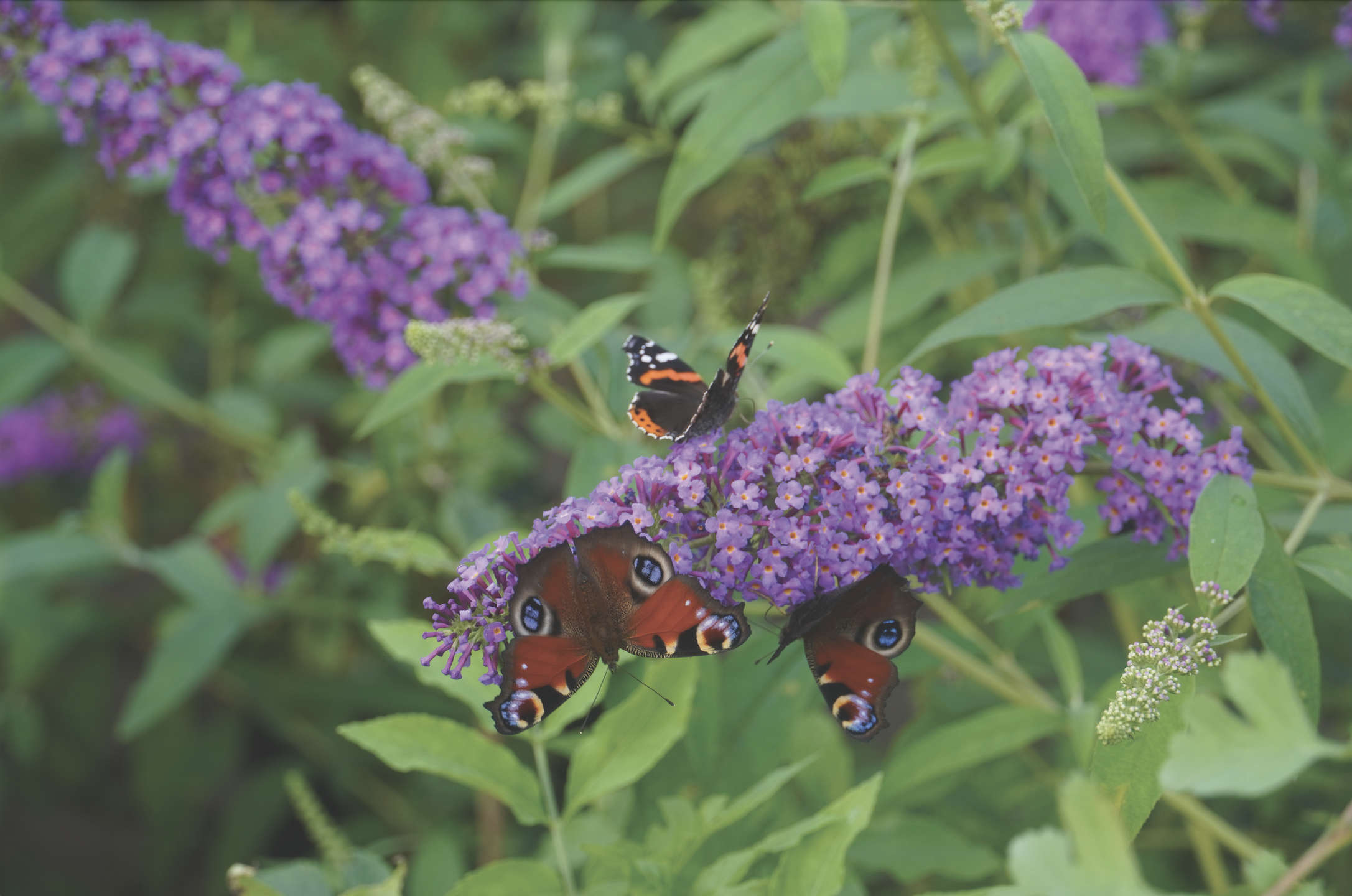 Fill The Gaps in Your Garden With Stunning Shrubs
Fill The Gaps in Your Garden With Stunning Shrubs
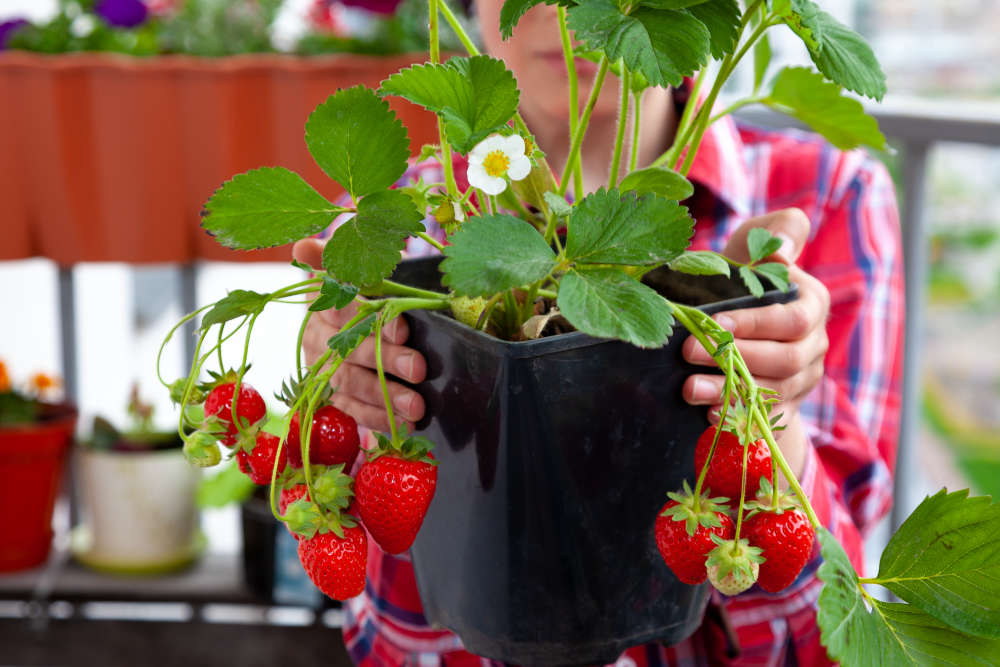 Grow Your Own Strawberries
Grow Your Own Strawberries
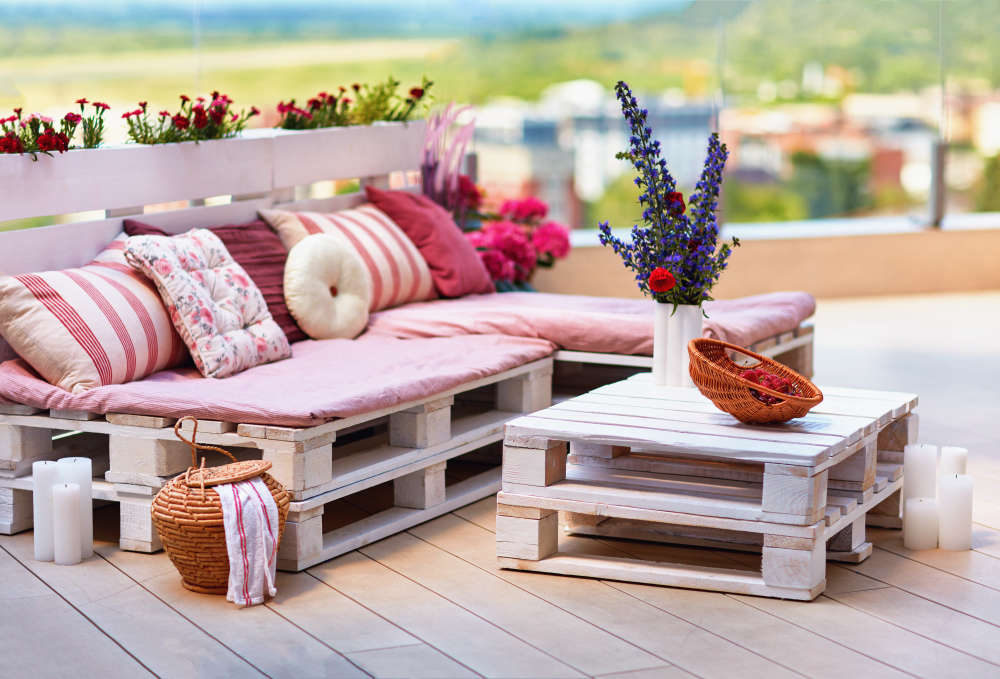 How to Make a Garden Sofa Out of Pallets
How to Make a Garden Sofa Out of Pallets
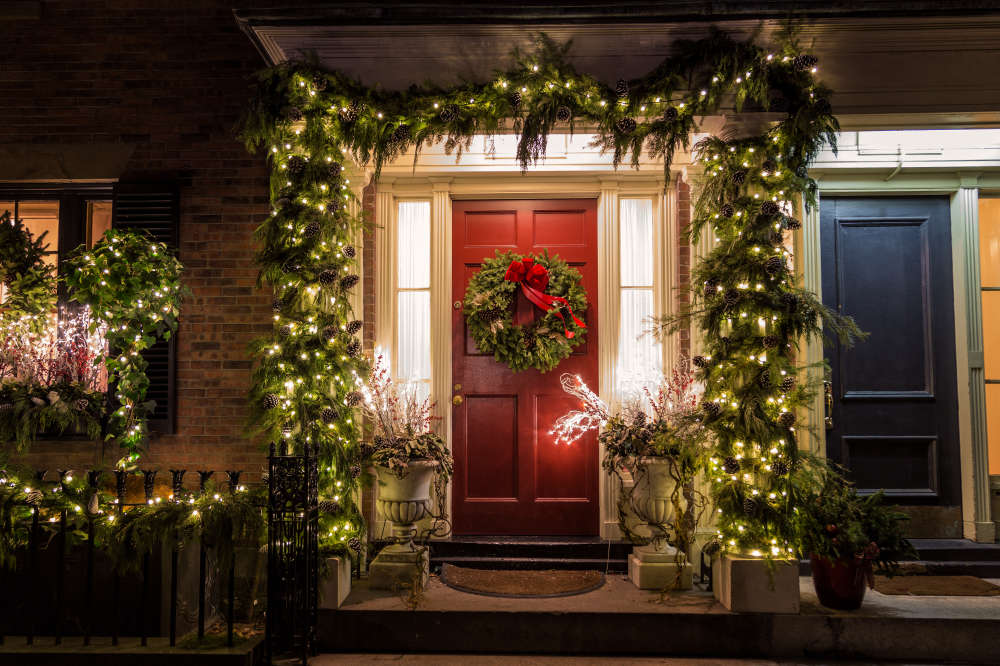 How to Create a Festive Garden
How to Create a Festive Garden
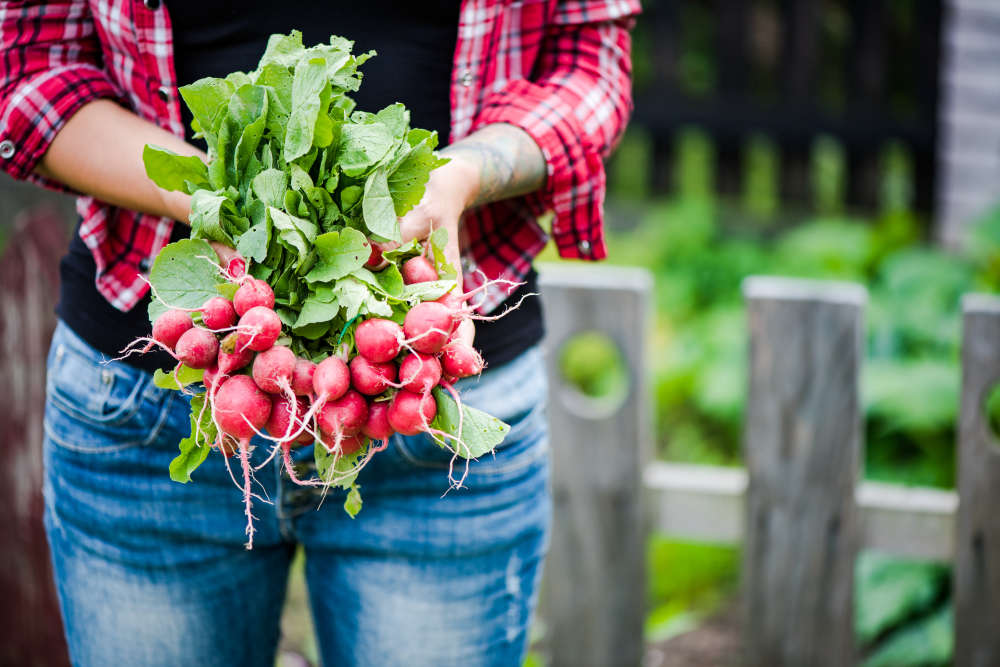 How to Grow Incredible Edibles
How to Grow Incredible Edibles